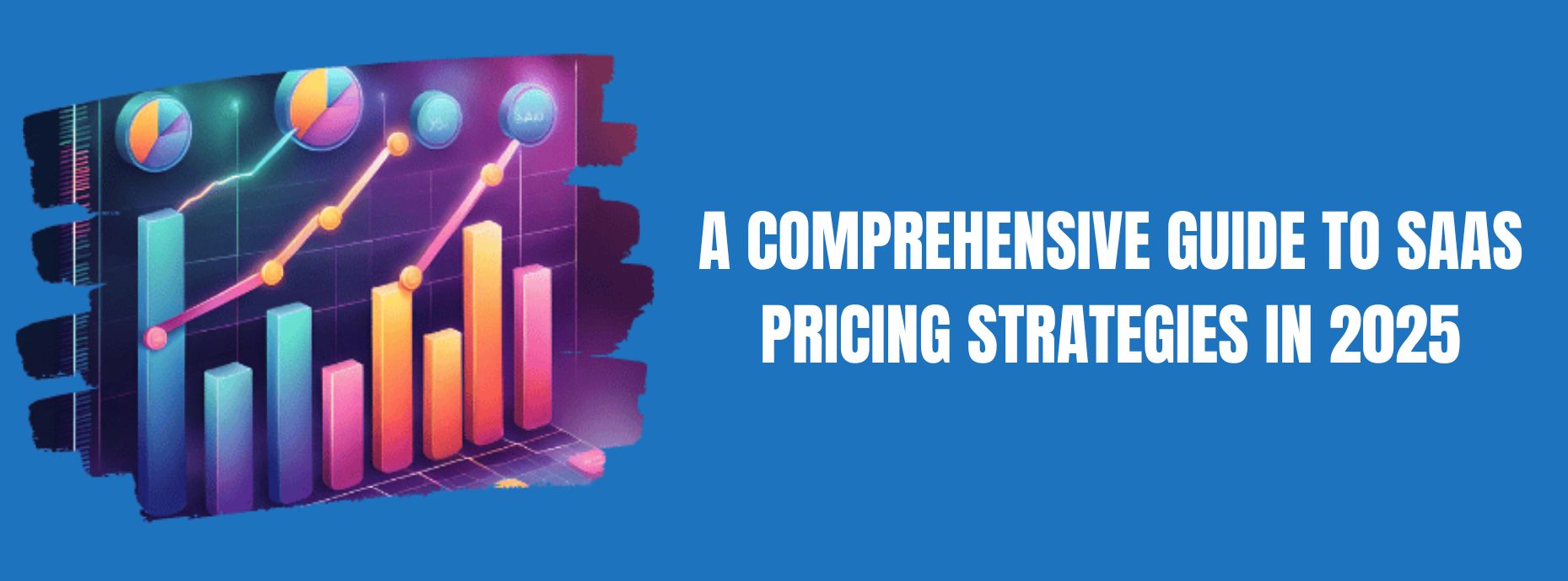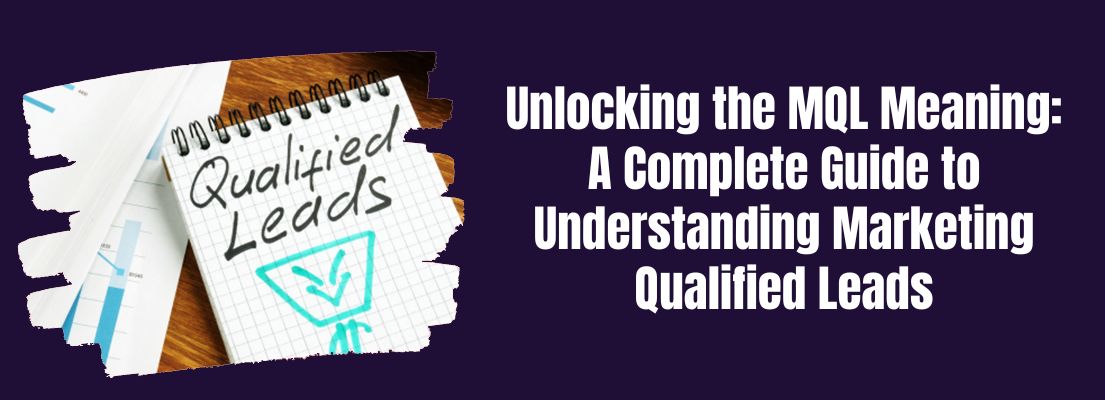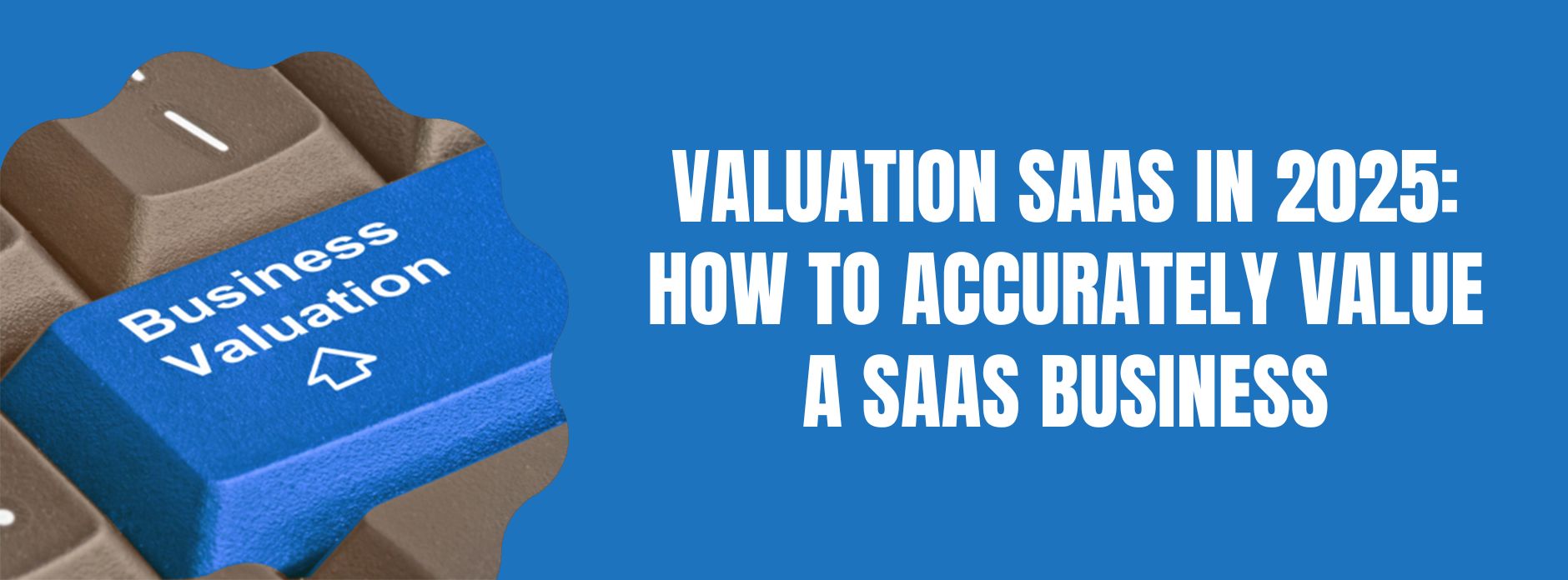Are you ready to dive into the world of SaaS pricing strategies? Every business owner knows that the right pricing can make or break their success. In this comprehensive guide, we’ll explore the ins and outs of SaaS pricing, from popular strategies to factors you need to consider when choosing the perfect one for your business. Get ready to transform your revenue generation and set your company on the path to growth!
Short Summary
- Understand SaaS pricing strategies to make informed decisions for success.
- Consider customer value perception, business goals & objectives, target market, and competitive landscape when selecting a suitable pricing strategy.
- Leverage data-driven decision-making, experimentation and communication with customers to measure the success of your SaaS Pricing Strategy.
Understanding SaaS Pricing Strategies
Pricing strategies, including the penetration pricing strategy, are the backbone of every successful SaaS business. They play a crucial role in determining the revenue generated, growth potential, and overall success of the company. There are three main types of SaaS pricing strategies: value-based, competitor-based, and cost-plus pricing. Understanding each strategy, as well as the penetration pricing strategy, is essential to make an informed decision on which one is best for your business.
Value-based pricing focuses on the perceived value of the product, while competitor-based pricing sets prices by analyzing the competition, and cost-plus pricing calculates prices by adding a profit margin to the cost of production. Each strategy has its own set of advantages and disadvantages, but all have one thing in common: they are designed to optimize revenue generation and drive business growth.

Value-based Pricing Strategy
The value-based pricing strategy is all about customer perception. It focuses on how much value the customer believes your product brings to them, rather than the cost of production or the prices your competitors are charging. This strategy allows for flexible pricing that aligns with your customers’ needs and willingness to pay.
When implementing a value-based pricing strategy, it’s essential to consider factors such as your product’s unique selling points and the value it brings to your customers compared to your competitors. The 10x Rule is a useful guide in this regard, suggesting that your product’s value should be ten times its price. You can charge a higher price and ultimately increase your revenue by focusing on the value your product delivers.
Competitor-based Pricing Strategy
Competitor-based pricing is all about keeping an eye on the competition. This strategy involves setting your prices based on what your competitors are charging, ensuring that your product remains competitive in the market. It strikes a balance between pricing too high and pricing too low, making it a safe choice for many businesses.
However, competitor-based pricing can come with its own set of drawbacks. You may miss out on valuable opportunities to differentiate your product and experiment with alternative pricing strategies by focusing solely on your competitors’ prices. It’s essential to weigh the pros and cons of this strategy and consider whether it’s the right fit for your business.
Cost-plus Pricing Strategy
Cost-plus pricing is all about the numbers. This strategy involves calculating your product’s price by adding a predetermined profit margin to the cost of production. It offers simplicity and predictability, making it a popular choice for many businesses.
However, cost-plus pricing can be limiting when it comes to SaaS products. You may overlook the perceived value of your product in the eyes of your customers by focusing only on the cost of production. It’s crucial to consider customer value perception and strike a balance between cost-plus pricing and other strategies that focus on value and competition to ensure long-term success.
Popular SaaS Pricing Models
Now that we’ve explored some popular pricing strategies, let’s dive into the world of SaaS pricing models. These models determine how your products are priced and play a significant role in your overall pricing strategy. Popular SaaS pricing models include:
- Tiered pricing
- Flat-rate pricing
- Usage-based pricing
- Per user-based pricing
- Freemium pricing
Each pricing model has its own set of advantages and disadvantages, making it essential to choose the one that best aligns with your business goals and target market. You can ensure that your pricing strategy is optimized for success by selecting the right pricing model.

Tiered Pricing Model
The tiered pricing model offers multiple pricing tiers with varying features and prices, making it an ideal choice for businesses looking to cater to different customer segments and needs. This model allows you to create a range of pricing options, ensuring that there’s something for everyone.
Tiered pricing offers the following benefits:
- Flexibility and scalability, allowing your customers to choose the package that best suits their needs and budget
- Easy upselling and cross-selling of additional features and services
- Driving revenue growth
Flat-rate Pricing Model
Flat-rate pricing simplifies the process. It makes it easy to understand and manage. This model offers a single price for all customers, regardless of their usage or the number of users. While flat-rate pricing is easy to understand and implement, it may not always be the best choice for businesses looking to maximize their revenue potential.
You may limit your ability to upsell additional features and services, as well as your ability to attract customers with varying budgets by offering a single price. Furthermore, flat-rate pricing may not always accurately reflect the value your product delivers to your customers. It’s essential to weigh the pros and cons of this model before implementing it in your business.
Usage-based Pricing Model

Usage-based pricing is all about fairness and transparency. This model charges customers based on their usage of your product or service, ensuring that they only pay for what they use. This can be an attractive option for customers who may not need all the features and services offered in a flat-rate or tiered pricing model.
However, usage-based pricing can make it more difficult to predict your business’s revenue, as it relies on fluctuating customer usage patterns. Despite this drawback, usage-based pricing can be an effective option for businesses looking to offer a transparent and flexible pricing model to their customers.
Per User-based Pricing Model
Per-user-based pricing, also known as per-user pricing, is all about scalability. This model charges customers based on the number of users utilizing your product or service, making it easy for your business to predict revenue and scale accordingly. You can ensure that your customers pay a fair price for the value they receive from your product by charging based on the number of users.
This SaaS pricing model is especially popular among B2B SaaS companies, as it allows for easy scalability and revenue prediction. However, it’s essential to strike a balance between charging too much per user and potentially driving customers away and charging too little and leaving money on the table.
Freemium Pricing Model
The freemium pricing model offers a taste of your product for free, with limited features and functionality. This model acts as a lead generation tool, allowing potential customers to try your product before committing to a paid plan. Freemium pricing can be an effective way to attract new customers and showcase the value of your product.
However, the freemium model can also increase your operational burden, as you’ll need to support a larger customer base without necessarily generating revenue from all users. It’s essential to carefully consider the benefits and drawbacks of this model and whether it aligns with your business goals and target market.
Factors to Consider When Choosing a Pricing Strategy

Choosing the right pricing strategy for your SaaS business is no small task. There are several factors to consider, including:
- Your business goals and objectives
- Your target market and customer segments
- The competitive landscape
- Your product’s value proposition
You can ensure that your pricing strategy is optimized for success by considering these factors.
Understanding your target market and customer segments is especially crucial, as it allows you to:
- Tailor your pricing models to meet their needs and expectations
- Analyze the competitive landscape to identify opportunities for differentiation and market positioning
- Set your business apart from the competition
Business Goals and Objectives
Aligning your pricing strategy with your business goals and objectives is essential for long-term success and growth. Your pricing strategy should support your overall business goals, whether that involves increasing revenue, expanding your customer base, or entering new markets. You can ensure that your pricing decisions support the growth and success of your company by considering your business objectives when selecting a pricing strategy.
For example, if your goal is to attract a large customer base quickly, you may opt for a freemium or low-cost pricing model to entice new users. Conversely, if your goal is to establish a reputation for premium quality and service, different price points may be more appropriate, such as a higher pricing model.
Target Market and Customer Segments
Understanding your target market and customer segments is key to tailoring your pricing models accordingly. You can create pricing models that cater to their specific requirements by analyzing your target market’s needs, preferences, and willingness to pay. This can lead to increased customer satisfaction and loyalty, ultimately driving your business’s success.
To effectively cater to your target market, consider creating buyer personas that represent the different types of customers you aim to serve. By understanding the unique needs and preferences of each person, you can:
- Create pricing models that appeal to each segment
- Tailor your marketing messages to resonate with each persona
- Develop products or services that address the specific pain points of each persona
You can increase your chances of success by effectively meeting the needs of your target market by taking these steps.
Competitive Landscape
Analyzing the competitive landscape is crucial for identifying opportunities for differentiation and market positioning. You can identify gaps in the market and opportunities to set your business apart by understanding how your competitors price their products and the value propositions they offer.
Consider researching competitor pricing models, customer segments, and value propositions to gain insights into the competitive environment. You can develop a pricing strategy that differentiates your product and positions it as a superior choice in the market by leveraging this information.
Product Value Proposition
Focusing on your product’s value proposition is essential for ensuring that your pricing aligns with customer needs and expectations. A strong value proposition communicates the unique benefits and features of your product, setting it apart from competitors and demonstrating its worth to potential customers.
When selecting a pricing strategy, consider how your product’s value proposition aligns with your target market’s needs and expectations. You can increase customer satisfaction, loyalty, and, ultimately, revenue by offering a pricing model that reflects your product’s value.
Implementing and Optimizing SaaS Pricing Strategies
Once you’ve chosen the right pricing strategy for your SaaS business, it’s time to implement and optimize it. This involves leveraging data-driven decision-making, experimentation, and clear communication of pricing changes to ensure the success of your pricing strategy. You can fine-tune your pricing to drive business growth and success by continuously monitoring key performance indicators and adjusting your strategy accordingly.
Remember, your pricing strategy isn’t set in stone. As your business grows and evolves, you should regularly review and update your pricing to ensure it remains aligned with your goals and objectives. Don’t be afraid to experiment with new models and strategies to find the perfect fit for your business.

Data-driven Decision-making
Using data to inform your pricing decisions is crucial for identifying opportunities for optimization and ensuring the success of your pricing strategy. You can gain insights into the effectiveness of your pricing model and identify areas for improvement by analyzing key performance indicators, such as customer acquisition cost, lifetime value, and churn rate.
Data-driven decision-making allows you to:
- Make informed decisions about your pricing strategy
- Optimize your business’s performance
- Maximize revenue
- Ensure that your pricing decisions are grounded in evidence
- Make more confident and effective decisions
Experimentation and A/B Testing
Conducting A/B testing and experiments is essential for determining the most effective pricing models and strategies for your business. You can identify the best pricing model for your target market and customer segments by testing different pricing options and analyzing the results.
A/B testing involves comparing two or more variants of a pricing model to determine which one performs better. You can make data-driven decisions about your pricing strategy, ultimately leading to improved performance and increased revenue by conducting experiments and analyzing the results.
Communicating Pricing Changes
When implementing pricing changes, it’s critical to communicate these changes to your customers transparently and effectively. This helps to maintain trust and minimize churn, ensuring that your customer base remains loyal and satisfied with your product.
Be sure to clearly explain the rationale behind pricing changes and provide a transparent explanation of the value your product delivers. You can minimize customer dissatisfaction and maintain a strong relationship with your user base by effectively communicating pricing changes.
Measuring the Success of Your SaaS Pricing Strategy

To measure the success of your SaaS pricing strategy, it’s essential to track key metrics such as monthly recurring revenue (MRR), churn rate, and the balance between customer acquisition cost (CAC) and lifetime value (LTV). These metrics provide insights into your business’s health and growth potential, helping you make informed decisions about your pricing strategy.
You can ensure that your pricing strategy is optimized for success and aligned with your business goals and objectives by monitoring these key performance indicators. Be sure to regularly review and adjust your strategy based on these metrics to continually improve your business’s performance.
Monthly Recurring Revenue (MRR)
MRR is a crucial metric for SaaS businesses, as it indicates the health and growth potential of the company. It represents the predictable, recurring income generated from customers on a monthly basis, making it an essential measure of your business’s performance and stability.
You can gain insights into your business’s revenue growth and identify areas for improvement by tracking MRR. Continuous monitoring and optimizing MRR can help you make informed decisions about your pricing strategy and ensure the long-term success of your business.
Churn Rate
Churn rate measures customer attrition, with lower rates indicating better customer retention and satisfaction. It represents the rate at which customers cease doing business with your company and is a critical metric for gauging the success of your pricing strategy.
You can gain insights into customer satisfaction and loyalty, helping you identify areas for improvement in your pricing strategy by tracking churn rate. A low churn rate suggests that customers are happy with your product and pricing, making it an essential metric to monitor and optimize.
Customer Acquisition Cost (CAC) and Lifetime Value (LTV)
Balancing CAC and LTV is essential for long-term profitability and sustainability in your SaaS business. CAC represents the total cost incurred in acquiring a new customer, while LTV is the aggregate value of a customer throughout their duration of affiliation with your company.
You can ensure that your customer acquisition costs do not outweigh the lifetime value of your customers by tracking and optimizing the balance between CAC and LTV. This helps to promote long-term profitability and sustainability, allowing your business to thrive and grow.
Summary
In conclusion, selecting and implementing the right SaaS pricing strategy is crucial for your business’s long-term success and growth. You can choose the most effective pricing strategy for your unique needs by considering factors such as your business goals, target market, competitive landscape, and product value proposition. Remember to continuously monitor key performance indicators and adjust your strategy accordingly to ensure ongoing success. With the right pricing strategy in place, your SaaS business is poised for growth and success.
Recommended Reading: The Ultimate Guide to B2B SaaS Metrics for Founders: Boost Your Business Performance (Updated for 2023)
Frequently Asked Questions
What is the SaaS pricing strategy?
The most common SaaS pricing strategy is subscription-based, where customers pay on a continual basis for their software use.
Usage-based and user-based pricing are also popular models, charging customers based on their usage or number of users, respectively.
What is the 10x rule for SaaS pricing?
The 10x rule for SaaS pricing suggests that a product’s value should be at least 10x what is charged, ensuring that the customer receives adequate value for their investment.
For example, if a solution can save a business $100,000 per month, they should charge at least $10,000 per month.
What is an example of tiered pricing in SaaS?
Zendesk offers a tiered pricing model for SaaS with Team and Growth levels for small businesses, starting at $49 per agent per month and $79 per agent per month respectively.
What is the freemium pricing model in SaaS?
Freemium pricing in SaaS works by offering a free version of the product that entices users, with some converting to premium or enhanced services through paid subscriptions.
By leveraging an existing core software offering, customers can gain access to a feature-limited version of the product indefinitely at no cost, needing to upgrade for full functionality.
What are the three main types of SaaS pricing strategies?
The three main types of SaaS pricing strategies are value-based, competitor-based, and cost-plus pricing, all offering different benefits for businesses.





